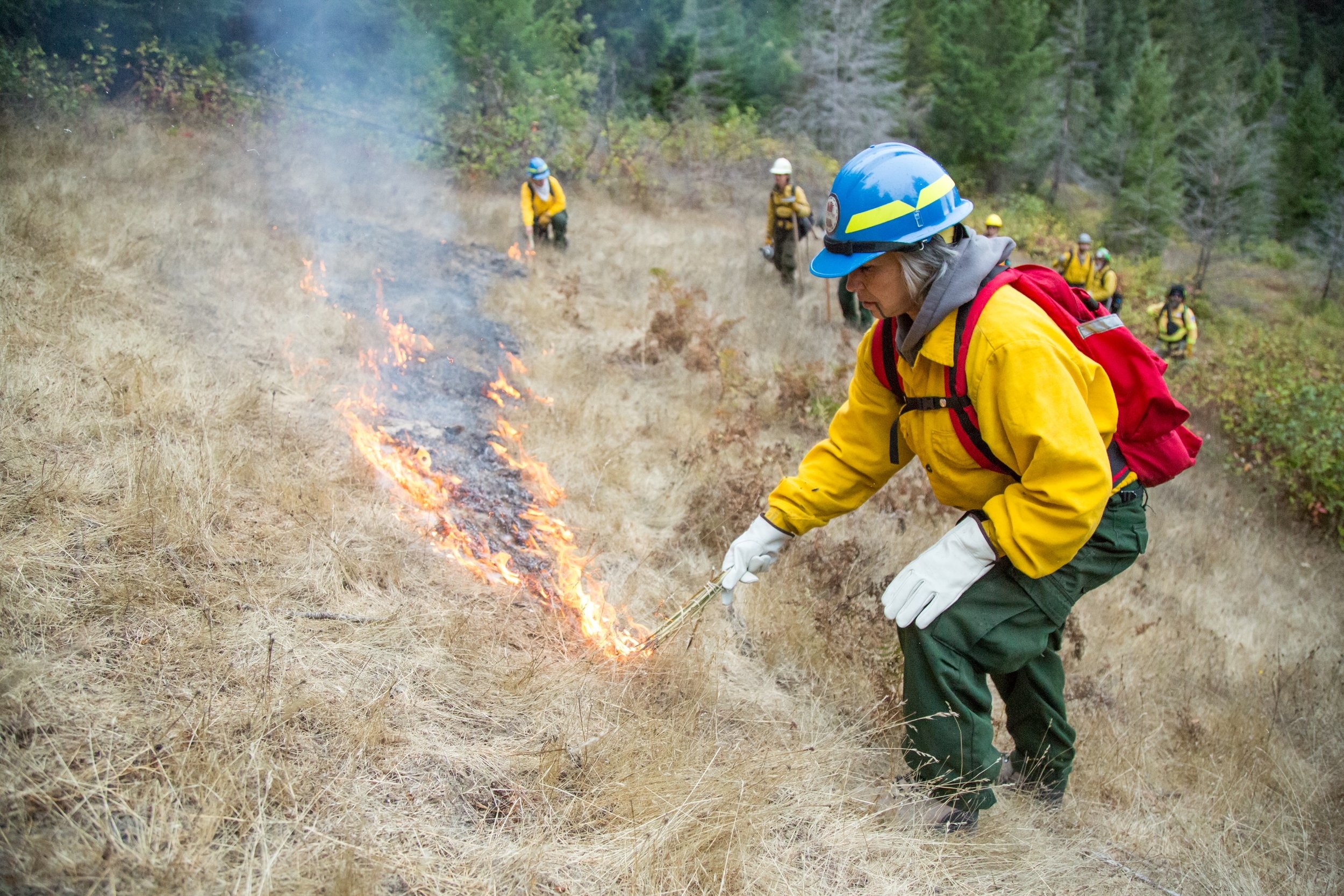Top Line: “It’s a home ignition problem, not a wildfire control problem.” —Jack Cohen, USDA Forest Service fire scientist
Figure 1. If you care about forests and/or people, you must see the new documentary Elemental. Source: elementalfilm.org.
We may generally know these things:
• Humans and their infrastructure are the cause of the vast majority of wildfire ignitions.
• Logging forests to reduce wildfire severity doesn’t work.
• Logging forests to prevent structure fires doesn’t work.
• Embers—not flame fronts—ignite most houses.
• With proper vegetation management within 100 feet of a building and attention to making that building fire resistant, said building will not burn.
• The only way to prevent forest fires is to prevent forests.
• Old natural forests burn less intensely than young unnatural plantations.
• Carbon emitted to the atmosphere from burning a forest is a tiny fraction of that emitted by logging a forest.
• Fires in the backcountry are generally good, while fires in the frontcountry are bad.
• Fire is either the rebirth or continuation of a forest, while salvage logging is the end of a forest.
• Taxpayers spend ungodly amounts of money “fighting” fires, doing no good and causing much harm.
• Doing the same stupid things over and over is stupid.
Still, most of the public believes a set of myths about wildfires that are contrary to the facts.
Figure 2. Part of the solution to the fire problem: less fire in the wrong places. The unhardened house (with wood siding, open soffits, and vegetation adjacent) on the left will soon ignite, while the hardened house (with nonwood siding, double-pane windows, a vegetation-free buffer, and closed soffits) survived this scientific onslaught by the Insurance Institute for Business and Home Safety. It’s just physics. Source: @TripJenningsVideo.
Comes now a documentary film from Balance Media that seeks to rebalance our narratives about wildfires. The film deconstructs several common myths about wildfires, building fires, forest ecology, forests and carbon, and many more topics. Then Elemental offers actual solutions that would require society in the American West to co-exist with fire rather than continue futilely fighting it.
Elemental’s executive producer, Ralph Bloemers (perhaps best known as a co-founder of Crag Law Center, whose mission is “legal aid for the environment”; now with Green Oregon), told me years ago he was going to make a film about forests and fires. My thoughts turned to several heartfelt but low-production-values environmental documentaries I’d seen in the past. I am pleased to report that Elemental is not in that class. Ralph put together a tremendous team that put together a tremendous film.
Stars of the film include, but are not limited to:
• Jack Cohen, a Forest Service researcher who long ago determined that the reason buildings burn during wildfires is that they are not built and maintained to be resistant to radiant heat from the flame front and to resist the inevitable embers that fall far away from the burning forest.
• Beverly Law, an Oregon State University researcher who tracks carbon as it fluxes between atmosphere and biosphere (forest) and counts up the atmospheric carbon consequences of humans logging a forest versus nature burning a forest. (Spoiler: the former dwarfs the latter.)
• Tim Ingalsbee, wildland firefighter turned astute critic of the fire-industrial complex that drives forest management where the only management is logging.
• Chris Dunn, an Oregon State University researcher who studies the underlying conditions of fire as it relates to forests and biodiversity.
• Tania Schoennagel, a University of Colorado researcher who studies the causes and consequences of fires and insects in western forests.
Figure 3. After a natural stand-replacing forest fire, if there is no salvage logging, there is a level of biological diversity comparable in importance to—but different in expression from—that of an old-growth forest. Source: Ralph Bloemers.
Director Trip Jennings says he is “deeply committed to changing the national conversation around wildfire” and believes that “we can have healthy forests and safe communities, and that we can prepare for and adapt to fire.” He’s correct on the latter and will have succeeded on the former if enough people watch Elemental.
If you are a person susceptible to evidence, Elemental will open and change your mind.
How to Enjoy Elemental
Elemental will be at several upcoming film festivals, and showings are scheduled now in Mill City, Salem, Ashland, and Sonoma, and soon to be in Bend, Corvallis, Lincoln City, Eugene, John Day, Baker City, La Grande, Enterprise, and other Oregon locales. Like any good wildfire, showings of Elemental will soon spread to other states in the American West. A streaming deal is in the works to allow people to enjoy the documentary without leaving their fire-hardened abode.
Figure 4. Area burned by the Eagle Creek Fire in the Columbia River Gorge National Scenic Area. Several already-in-place fire lines (two paved two-lane roads, Interstate 84 with median strip, two railroad lines, and a damned river) failed to stop embers from the Oregon side from igniting fires miles away on the Washington side (just out of the frame on the left). Source: elementalfilm.com.
Figure 5. Part of the solution to the fire problem: more fire in the right places. Source: elementalfilm.com.
Bottom Line: “What this all means is that we . . . don’t have to control the extreme wildfire in order to keep the house from igniting and burning. And we don’t have to live in a concrete ammo bunker.” —Jack Cohen, USDA Forest Service fire scientist




